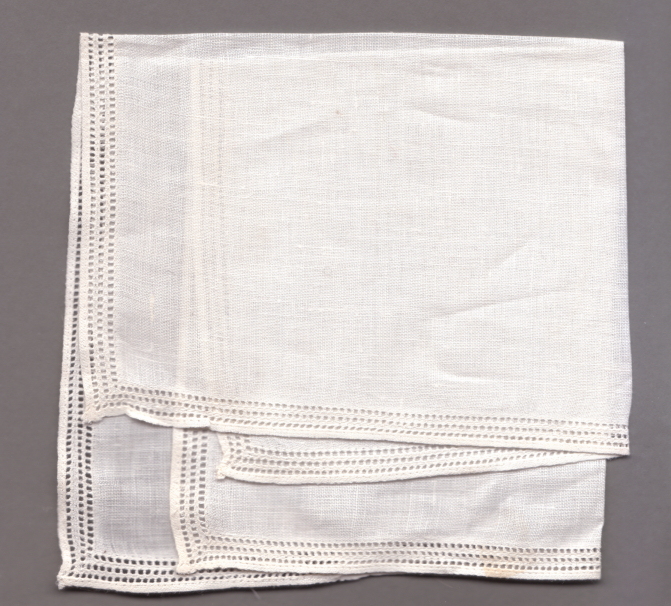Key Difference – Khadi vs Linen
Khadi and Linen are two exquisite fabrics in fashion and apparel industry. Khadi is an Indian handspun fabric, which is usually made of cotton. Linen is a cloth woven from flax. The key difference between khadi and linen is their country of origin; khadi is only made in India whereas linen is produced in a variety of countries.
What is Khadi?
During the 1920s, Mahatma Gandhi introduced the Swadeshi movement to end the foreign products that were selling all over India and resulting in a struggle between imported materials and the indigenous products. This movement reintroduced the spinning wheel called charkha which produced the fabric Khadi, a handspun and hand-woven cloth with Indian origin. Thus, Khadi is not just a fabric; it is a symbol of self-reliance and unity of India.
The word khadi originated from the word Khaddar which means cotton. Although khadi is mainly made from cotton, raw materials such as silk and wool are also spun into threads using the spinning wheel to create khadi fabrics. Thus, there are different types of khadi such as silk khadi and wool khadi. Khadi fabric used to be coarse and dull, but this coarseness or toughness also ensures that it doesn’t wear or tear easily. However, it forms wrinkles easily. There is also a new trend of using stylish cuts and innovative colors to give a trendy ethnic look.
Khadi fabric can be used to manufacture items such as jackets, skirts, kurtas, dupattas, sarees, cropped tops, capris, trousers, wraparounds, spaghetti tops, trousers and also durries, gaddas, upholstery, cushions, bags, mats, bed sheets, and curtains. When compared to fabrics such as pure cotton, linen and silk, khadi is not very expensive.
Khadi may also have another meaning to Indians since it can also refer to a white kurta made out of Khadi fabric.
Khadi weaving
What is Linen?
The word linen refers to a spun that is made from the long fibers found behind a bark in the multi-layer stem of the flex plant, Linumusitatissimum. In order to get the fibers out of the stems surrounding it, the stems should be rotted away. Such gained cellulose fiber can be used as a linen thread, cordage, and twine after the spinning process. Unlike khadi, linen is not originated in one particular country; it was discovered in many places around the world.
The linen thread which is taken from the flax fiber plant is cultivated, processed, spun, dyed, woven, and sewn by hand to manufacture linen fabric during old days; now this process is mechanized. The linen fabric is highly absorbent and durable. It can be worn for years when cared for properly. Although garments made from linen may appear thick and coarse at first, they will soften with the wearer. It is also environmental friendly. Linen can be used to make any type of modern garments; it is also used to make bed sheets, cushions, curtains, etc. It is an expensive fabric when compared to khaki. There are different types of linen such as Como Linen, Dublino Linen and Citi Linen.
Linen handkerchief
What is the difference between Khadi and Linen?
Origin:
Khadi: Khadi is a handspun cloth from India, which became popular with Mahatma Gandhi’s freedom movement in India.
Linen: Linen originates from the flax plant which comes from China.
Process:
Khadi: Khadi is still hand-spun.
Linen: Linen is made from modern machinery.
Fiber:
Khadi: Khadi can be made from cotton, wool, and silk.
Linen: The linen fiber is made from the flax plant.
Cost:
Khadi: Khadi is cheap when compared to linen.
Linen: Linen is expensive when compared to khadi.
Uniqueness:
Khadi: Khadi is a unique fabric that is manufactured only in India.
Linen: Linen is manufactured in many countries.
Image Courtesy:
“Khadi Weaving at Ponduru 06” By Adityamadhav83 – Own work (CC BY-SA 3.0) via Commons Wikimedia
“Handkerchief” By PKM assumed (based on copyright claims). Own work (based on copyright claims). (Public Domain) via Commons Wikimedia
